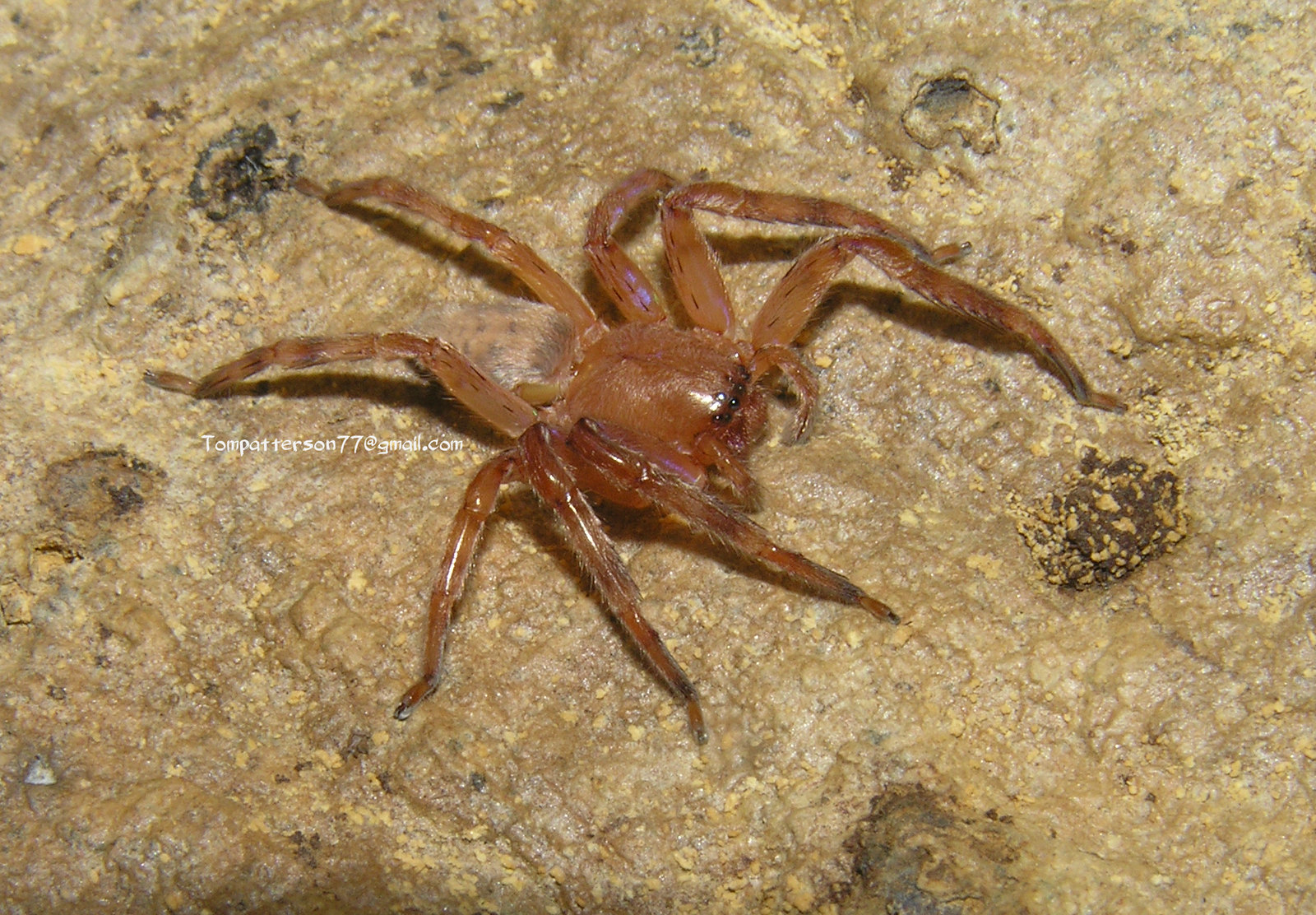Latidens
Arachnopeon
- Joined
- Dec 27, 2015
- Messages
- 1
Hi guys, so there's a guy selling H. boiei slings here. Can anyone be kind enough to tesch me how to vsre for the tiny babies?



I believe she was collected in Borneo.Woh! Amazing! What's her origin?
HiI believe she was collected in Borneo.
Later, Tom
Deinopis are difficult to raise in captivity, and I wouldn't recommend them for beginners of true spiders.Hi
Where would I get a Deinopsis and are they hard to care for? I've only got one T, a B. albopilosum.
Thanks. The Dein. looks so silly.
Ok. I'll just love them from afar...Deinopis are difficult to raise in captivity, and I wouldn't recommend them for beginners of true spiders.
Later, Tom
What I found so fascinating from the article was that they make that the crystal eye covering that enhances their night vision! Then when hunting time is over it goes away. Spiders are amazing. Each set of eyes have different roles. Amazing, just plain cool. Thanks for the link.Basically both, apparently. See this article: http://australianmuseum.net.au/how-spiders-see-the-world
That article suggests that deinopis eyes are compound, but I seem to have read elsewhere that spider eyes are not compound. I'm not sure if that's relevant...
Holy cow that is one beautiful spider! Are they easy to care for?
 Deinopis sp. "Cameroon" mature male by Tom Patterson, on Flickr
Deinopis sp. "Cameroon" mature male by Tom Patterson, on Flickr Cupiennius coccineus F. O. Pickard-Cambridge, 1901 female by Tom Patterson, on Flickr
Cupiennius coccineus F. O. Pickard-Cambridge, 1901 female by Tom Patterson, on Flickr Barylestis scutatus (Pocock, 1903) female by Tom Patterson, on Flickr
Barylestis scutatus (Pocock, 1903) female by Tom Patterson, on Flickr Clubionidae sp."Cameroon" by Tom Patterson, on Flickr
Clubionidae sp."Cameroon" by Tom Patterson, on Flickr Diplura sp. "Rurrenabaque" mature male by Tom Patterson, on Flickr
Diplura sp. "Rurrenabaque" mature male by Tom Patterson, on FlickrI'm open to hear why you think this. The majority of people on Facebook seem to think Clubionidae, saying the cephalothorax is too elongated. But Sparasidae wasn't completely ruled out.Great pics as usual. The Clubionidae is not a Clubionidae however, but a Sparassidae.
Maybe so, I just got some WC males in with swollen palps so I assumed they were mature, but they very well may have another molt. I never had mature males before, so I could be wrong. Thanks for your thoughts.Also are you sure the Deinopis is actually adult? Im fairly sure its still a subadult male with one more molt to go.